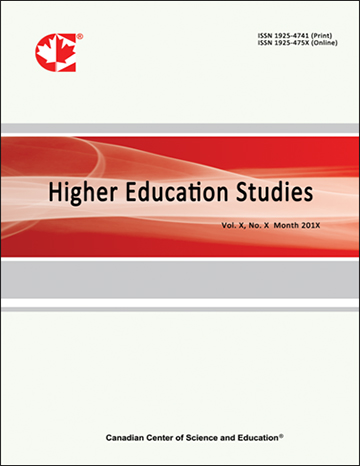Transcending Convention and Space: Strategies for Fostering Active Learning in Large Post-Secondary Classes
- Andrea Quinlan
- Curtis Fogel
Abstract
In 1970, education theorist Paulo Freire (1970) sharply critiqued dominant pedagogy—or what he called the banking model of education - for stripping students of their agency. In the banking model, he wrote, instructors are empowered as narrating subjects as students who become alienated as passive listening objects. In the decades since, research has repeatedly shown that a banking model of education is ineffective and inefficient. Despite this, there is an increasing trend towards large, lecture-based learning in post-secondary classrooms, fuelled largely by the turn to a neoliberal, corporatized model for higher education. Active learning pedagogy moves away from the banking model of education, toward a model that positions the student as an active participant in his or her own learning and development. While active learning has been shown to be more effective, large class sizes, classroom structures, teaching loads, and diminishing teaching resources can make it difficult for instructors to integrate active learning into large post-secondary lecture-halls. This paper explores the challenge of inspiring active learning in large classes and proposes a number of strategies for integrating active learning in large university lecture halls.
 PDF
PDF
